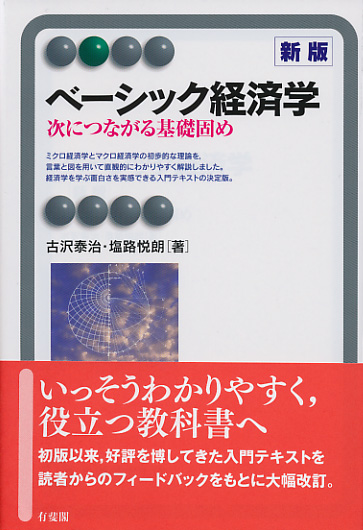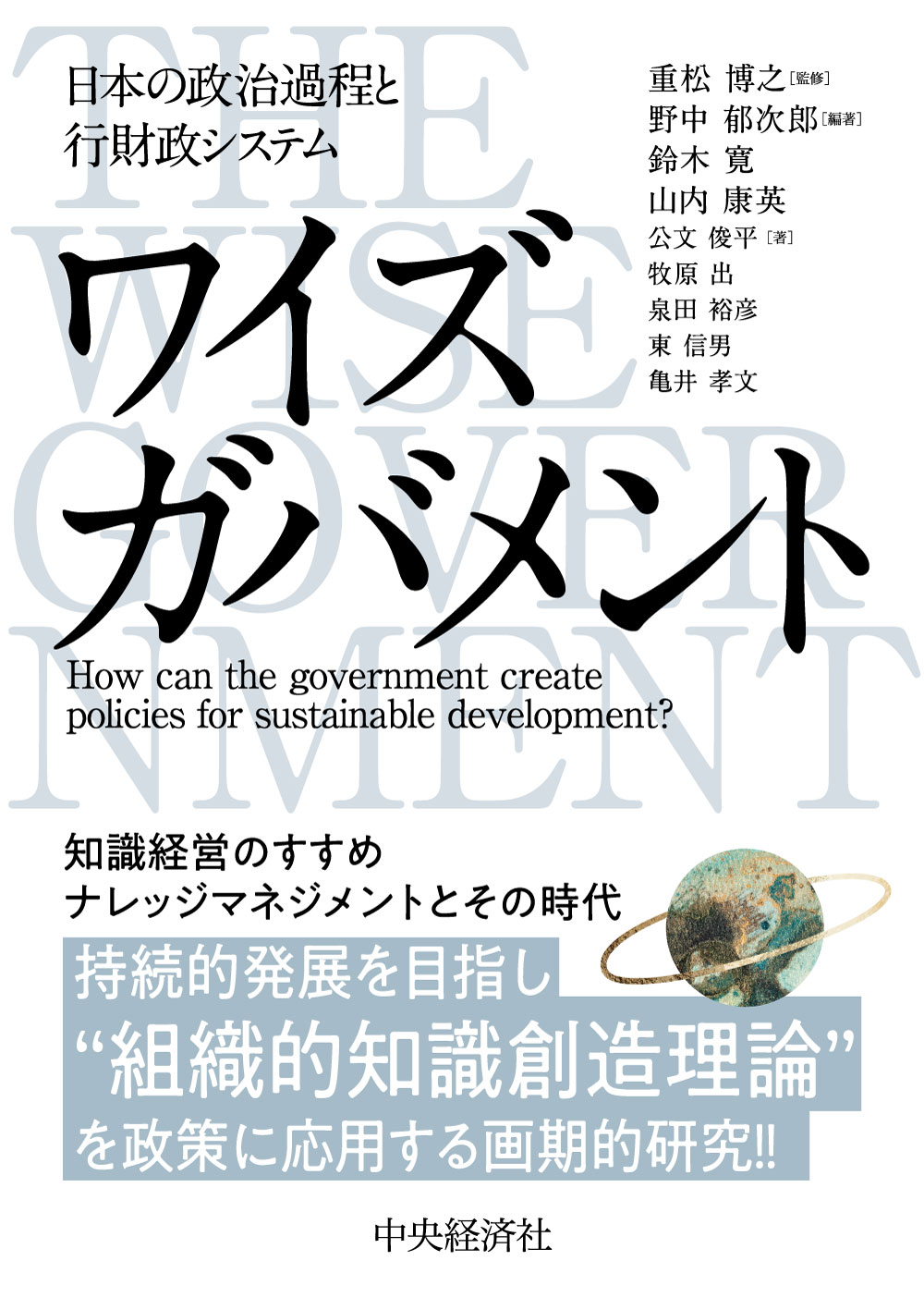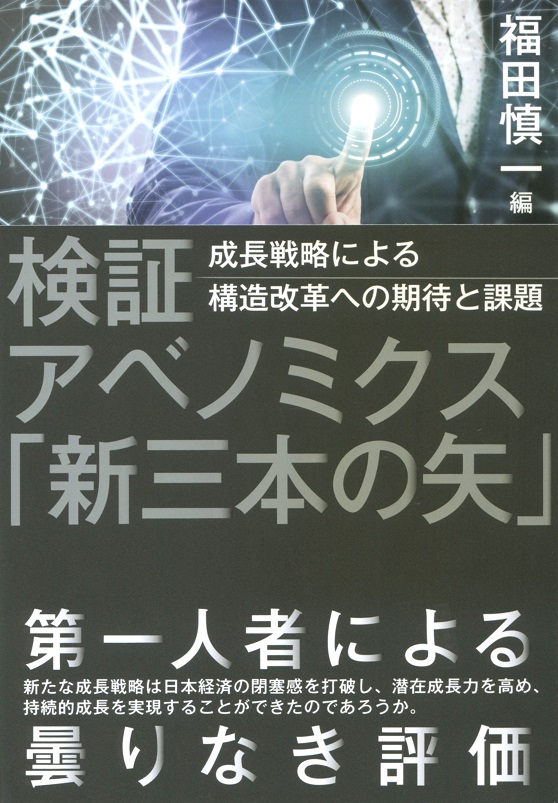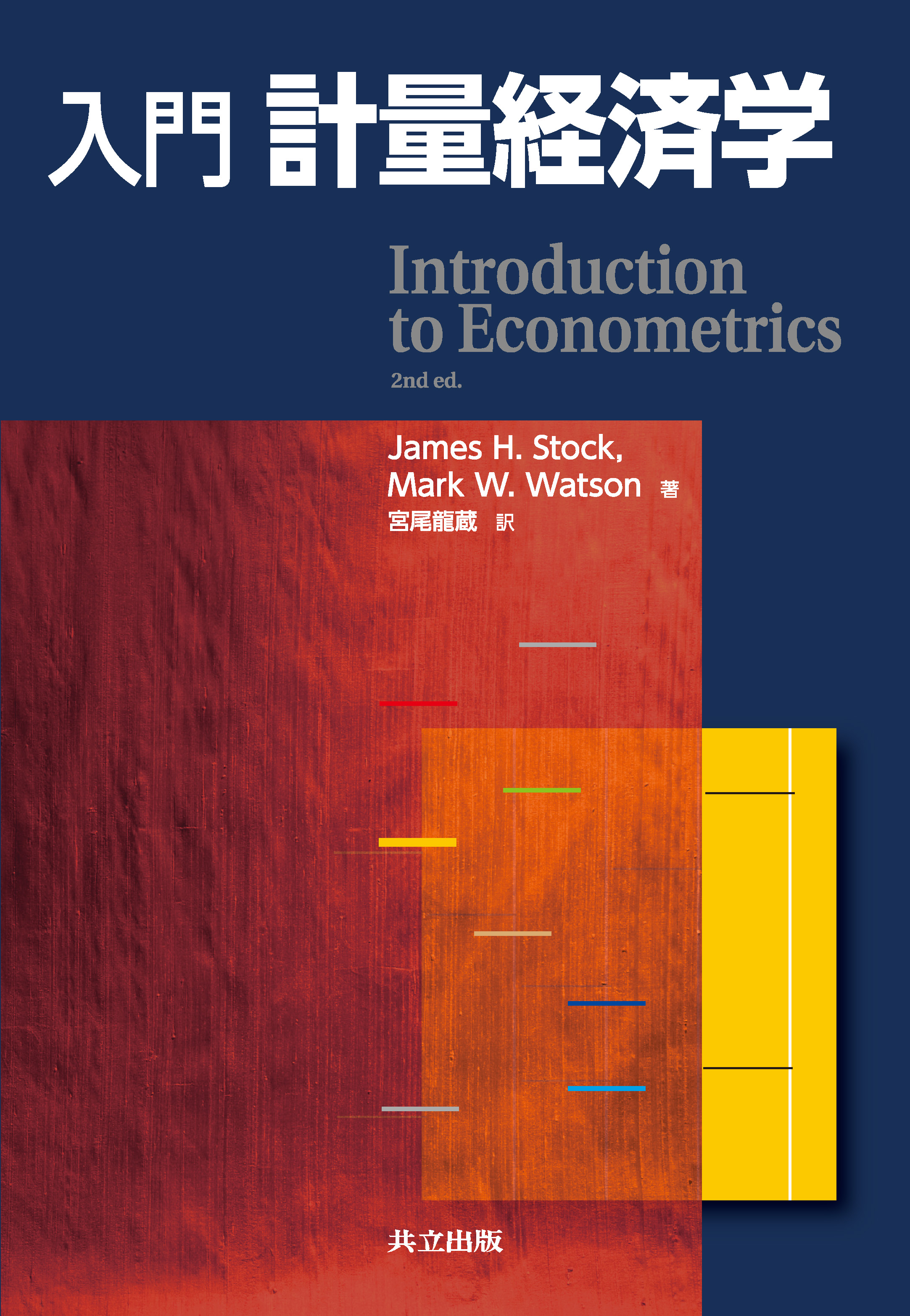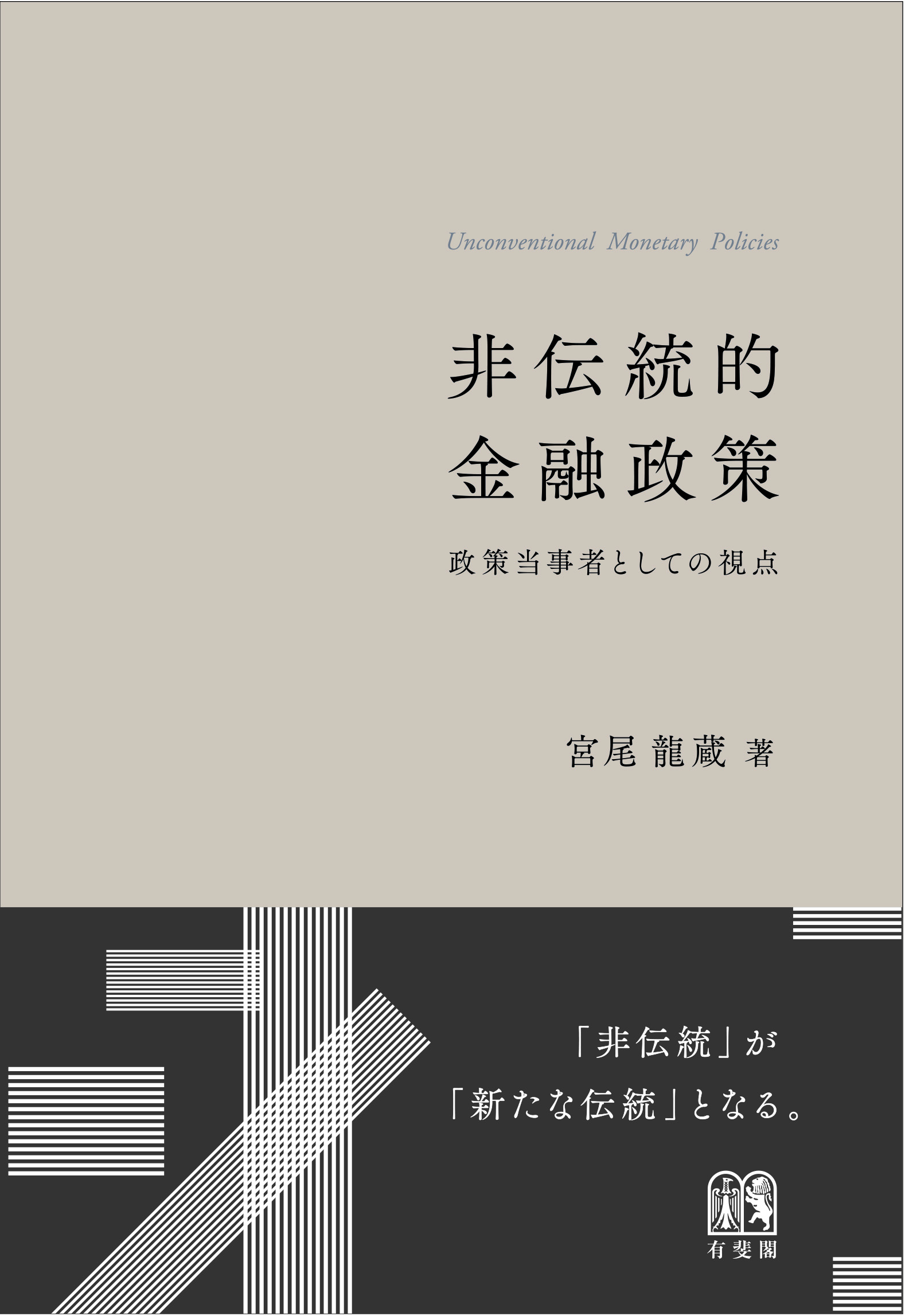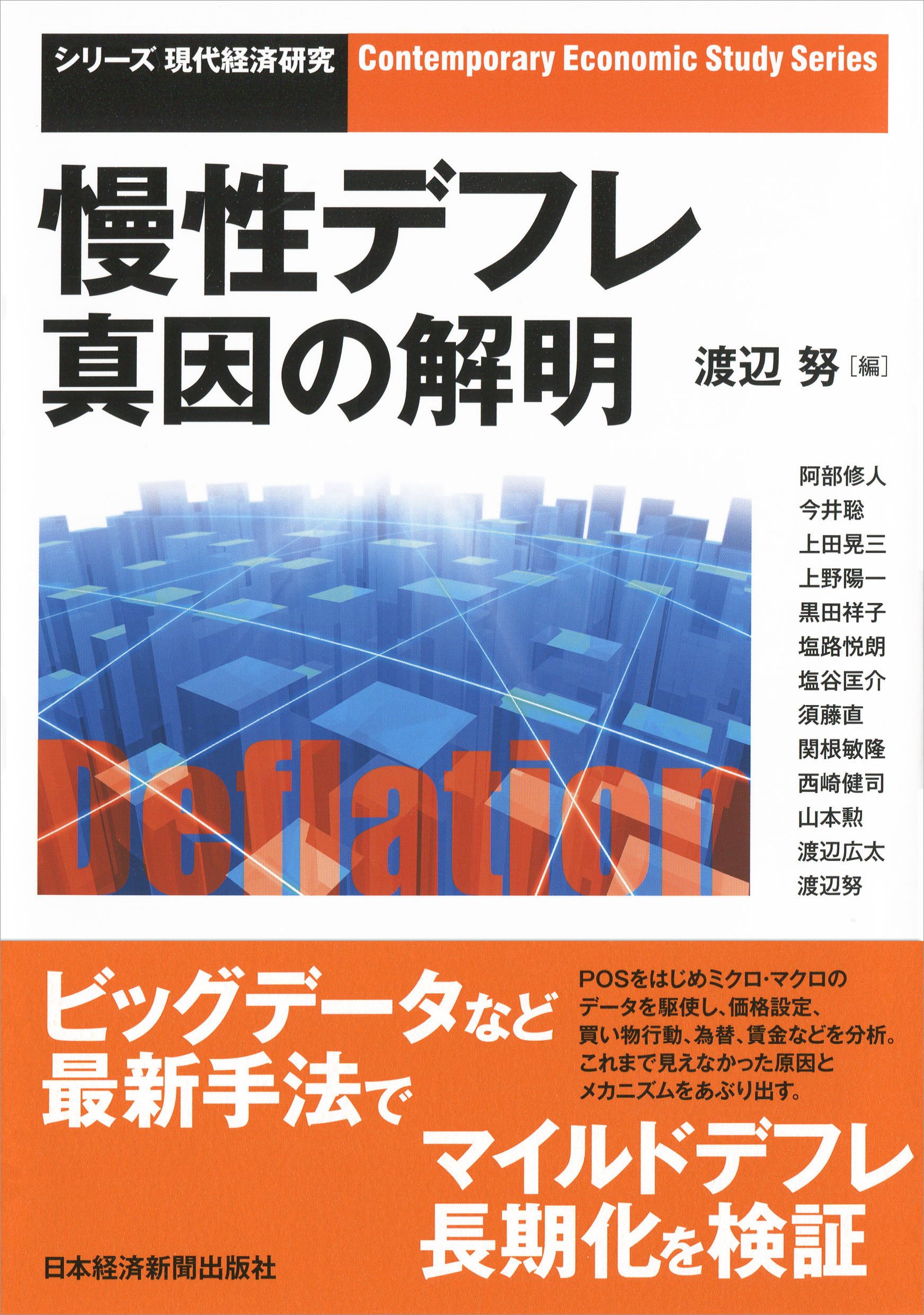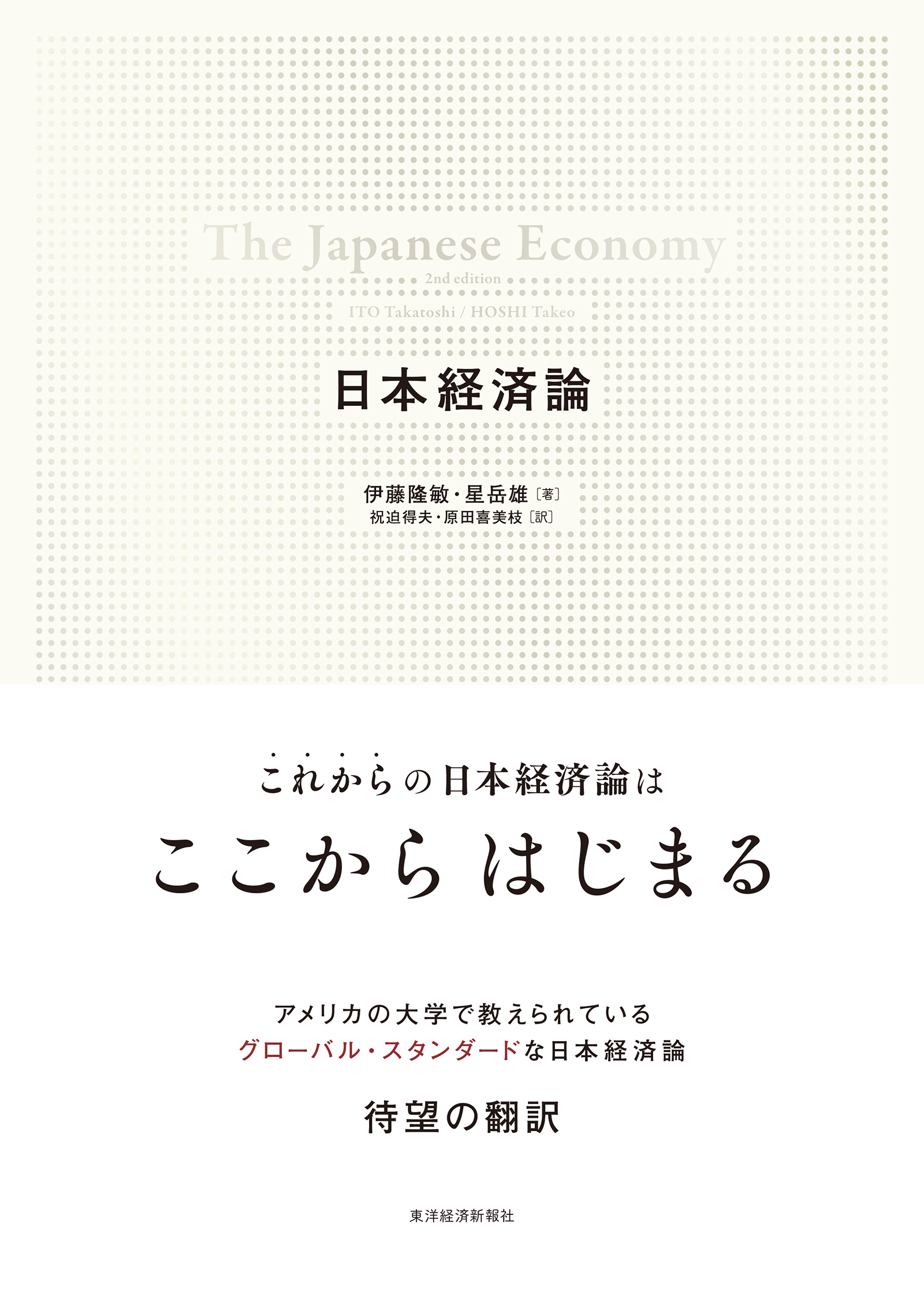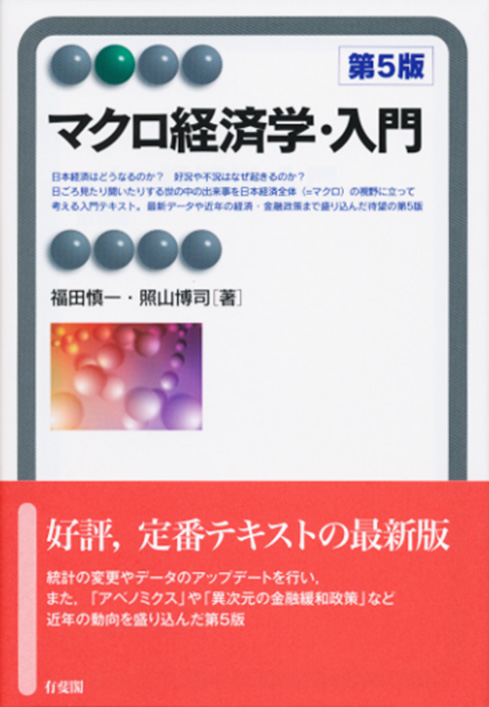
Title
Macro Keizaigaku nyūmon (An Introduction to Macroeconomics: Fifth Edition)
Size
45 pages, 127x188mm, softcover
Language
Japanese
Released
March, 2016
ISBN
978-4-641-22066-9
Published by
Yuhikaku Publishing
Book Info
See Book Availability at Library
Japanese Page
Our aim with this work since the very first edition in 1996 has been to present the problems of macroeconomics, which may seem difficult upon first glance, in as accessible a way as possible to Japanese readers. To that end, our approach in this book is to teach macroeconomics along with the recent history of the Japanese economy. One can indeed understand a great deal about many of the macroeconomic issues Japan faces through the most standard theories. This book avoids the use of technical arguments and formulas in favor of understanding macroeconomics theories through intuitive understanding, in order to learn about the macroeconomic problems that face the Japanese economy in reality.
Many textbooks on macroeconomics have been published in various countries. But to the extent that we rely on the content of books translated from abroad, we will not be able to understand the problems faced by the Japanese economy. This book tackles many of the macroeconomic problems unique to Japan that are rarely dealt with in the other books, in order to help Japanese readers understand them.
It is hard to believe, but more than twenty years have now passed since this book was first published. In the intervening years, the Japanese economy has been truly turbulent. In past, Japan experienced remarkable growth on the world scene. However, once the bubble burst in the early 1990s, growth slowed considerably, and the virtuous cycle in the economy changed utterly. Although the growth rate up until then had been outstanding even among the major developed countries, it fell so low that long-term stagnation ensued, and the succeeding economic era was dubbed the “lost two decades.” Given that the current mature economy and the decrease in labor force, Japan’s economy will never be able to experience this kind of “economic miracle” era of significantly high growth. However, even taking into consideration the mature economy and declining labor force, it was quite unusual for Japan to see the twenty years of deflation that came after the rapid economic growth.
Economics is a relatively new discipline. The growth of the world economy was extremely limited prior to the Industrial Revolution of the 19th century. Following it, however, productivity increased dramatically, and society became wealthier and wealthier. At the same time, economic activity becoming more diverse and complex—and a more advanced knowledge of economics became necessary to comprehend it. In particular, it became important to see how business cycles coexist with economic growth. Although productivity increased after the Industrial Revolution, the world economy did not necessarily achieve continuous growth. During recessions when growth is sluggish, various economic inefficiencies occur. When unemployment increased, a number of labor forces who want to work but cannot. The subject of this book, “macroeconomics,” was developed as an academic discipline for understanding these processes. We hope through reading it that you learn about how enjoyable it is to study macroeconomics.
(Written by FUKUDA Shinichi, Professor, Graduate School of Economics / 2018)



 Find a book
Find a book


 eBook
eBook